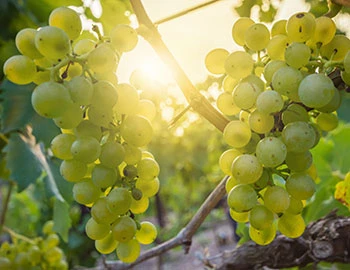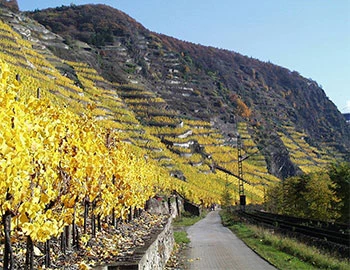Creutz Sylvaner 2021
QbA Franken, Zehnthof Weingut Luckert, 750 ml

| Grape variety: | Sylvaner |
| Producer: | Weingut Zehnthof Luckert |
| Origin: | Germany / Franconia |
Description
An interplay of remarkable Franconian craftsmanship and 140-year-old, true-rooted Sylvaner vines. On the southernmost part of the Sonnenberg, the "Creutz" vineyard, these old Sylvaner vines thrive, producing incredibly small but very concentrated berries. The result is a white wine rarity, stylistically reminiscent of a white Hermitage. On the nose, it presents itself spicy, smoky and even a little floral. The palate reveals ripe, yellow-fruited aromas, a powerful body with great structure and fine limestone minerality that comes from the shell limestone soil. Remarkable, multi-layered length.
Attributes
| Origin: | Germany / Franconia |
| Grape variety: | Sylvaner |
| Label: | Certified organic or biodynamic wine |
| Ripening potential: | 3 to 15 years |
| Drinking temperature: | 10 to 12 °C |
| Food Pairing: | Succulent chicken breast with cream sauc, Scaloppine di vitello al limone, Grilled fish |
| Volume: | 13.0 % |
| Note: | Contains sulphites |
Sylvaner
Asparagus partner and sweet wine star
The Sylvaner was created over a century ago as a spontaneous crossing in Austria. Today, only minute quantities are found there. It occupies the largest area in Germany, where it is spelled “Silvaner”. Well into the 1970s, it even trumped Riesling there by area. In France, Alsace has the monopoly on the Sylvaner. There, the variety is prized mainly in Valais; there, it is called Johannisberg or Johannis for short. Dry examples are perfect wines for asparagus: spirited and full-bodied, with moderate acidity and a delicate aroma of herbs, gooseberries and fresh hay. In addition, it yields superb dessert wines that can mature for two to three decades without issue.

Germany
Germany – Into the elite the hard way
Sitting in the heart of Europe, the hilly, lake-dotted landscape of Germany provides ideal, fertile soil for the most diverse vine varieties. From Albalonga to Zweigelt, over 140 different grape varieties are grown on about 100,000 acres, cared for by nearly 50,000 vintners. Most of these vintners are young, modern, internationally trained, inquisitive and urbane. It is hardly surprising, then, that German wine has a good reputation well beyond the country's borders.



